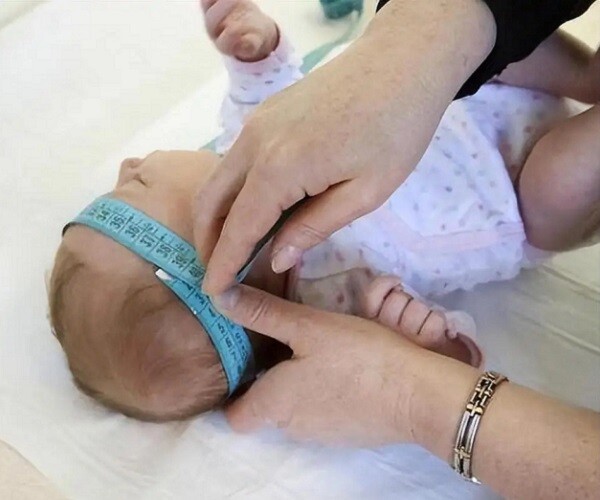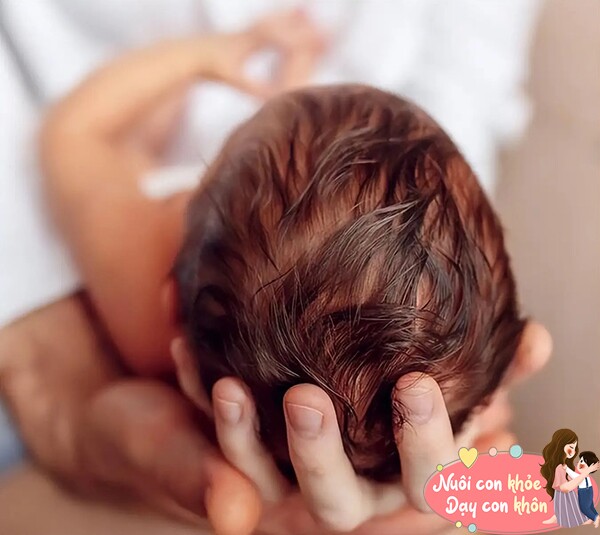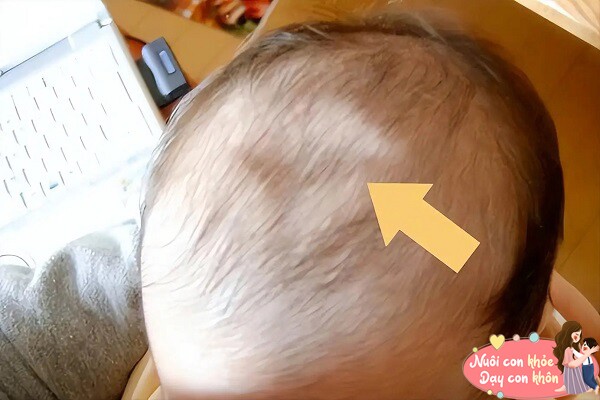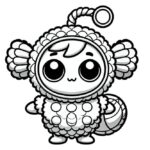The head circumference of newborns is indeed a reflection of brain development. But what if a baby has a small head circumference?


Does a small head in newborns relate to intelligence?
The head circumference of newborns is an important indicator of their development and health, but each baby is unique.
While head circumference does reflect brain development, it is not the sole determinant of intelligence or overall development potential.
So, what does it mean if a baby has a small head circumference? It doesn’t necessarily imply that the child will be less intelligent or face developmental challenges. Several factors contribute to a small head circumference, including genetics, prenatal nutrition, and individual characteristics. In fact, many babies with small head circumferences develop normally and even excel in certain areas.

Multiple factors, including genetics and prenatal nutrition, can influence a small head circumference…
Research shows that brain development depends on brain size, quality, and structure. The brain can function efficiently regardless of its size, as long as neural connections and brain cells develop adequately. Moreover, a child’s environment and parental care play a significant role in fostering intelligence and cognitive abilities.
Additionally, factors such as social interaction, early education, and brain-stimulating activities also influence cognitive development.
Children raised in a loving, encouraging, and positively engaging environment tend to thrive, regardless of head size. Therefore, we should not solely rely on a small head circumference as an indicator of abnormal development or a lack of intelligence.

Children with these four traits tend to be healthy and intelligent
Parents can use head circumference as one indicator of their child’s overall development. Generally, newborns who exhibit all four of these traits tend to grow up healthy and intelligent.
Standard Head Circumference
Head circumference, like height and weight, is an essential indicator of a child’s normal development.
Especially during the first two years after birth, the brain develops rapidly, and head circumference can directly reflect the level of brain and skull development.
Here are the standard head circumferences for newborns from 0 to 6 years old:
– 0-6 months: Approximately 34 cm.
– 6 months: Head circumference increases to about 43 cm.
– 1 year: Head circumference reaches about 46 cm.
– 2 years: Head circumference is about 48 cm.
– 6 years: Head circumference is about 50 cm.
Experts advise that if a baby’s head circumference is significantly larger or smaller than these standards, parents should pay close attention and consider other factors such as height, weight, and other developmental indicators to assess their child’s overall development…
Round Head with Symmetrical Shape
A baby’s head shape influences their physical appearance. Generally, newborns with symmetrical and well-proportioned head shapes tend to have more aesthetically pleasing features.
Nowadays, many young parents are aware of methods to shape their baby’s head while sleeping. They employ scientific sleeping positions and tummy time exercises to prevent prolonged pressure on one part of the head. This helps maintain a round head shape during sleep.
From a medical perspective, a round head in newborns is relatively healthier, and in the event of external force, a round head can better protect the baby’s brain tissue.

A round head with a symmetrical shape.
Good Head Mobility
An important aspect of assessing a newborn’s normal development is their motor skills, including fine and gross motor abilities.
If a baby demonstrates good gross motor skills, such as lifting and turning their head, it is often a positive sign of overall health.
Generally, the development of head movements in newborns follows this timeline:
– At birth, babies cannot lift their heads.
– About two weeks after birth, they can slightly lift their heads for a few seconds when lying on their tummies.
– 1-2 months: Able to lift the head more than 30 degrees for 15-30 seconds and turn the head to the left or right during sleep.
– Around 3 months: The neck muscles strengthen, allowing stable head control. The baby can lift the head to a 45-degree angle and turn the head to look around.
– Around 4 months: The baby develops a certain degree of neck and back muscle strength and can lift the head to a 90-degree angle. When held upright, the head remains straight and stable, with a straight back.
If your baby cannot lift their head after three months, consult your pediatrician.
Additionally, encourage tummy time, listening to sounds, and following your gaze to strengthen neck muscles and improve head control.
Fontanels Close at the Right Time
The forehead area of newborns may feel soft to the touch. Don’t worry; this is normal, as the fontanels have not yet closed.
Newborns have two fontanels: the anterior and posterior. The anterior fontanel is located at the top of the head and is a diamond-shaped gap between the frontal and parietal bones. The posterior fontanel is near the back of the head and resembles a triangle. It is the gap between the parietal and occipital bones.

Fontanels closing at the appropriate time.
In newborns, the anterior fontanel’s oblique diameter is approximately 1.5-2.5 cm. As the baby grows, the head circumference increases. Around 6 months, the skull starts to harden, and the anterior fontanel gradually becomes smaller, eventually closing completely between 12 and 18 months.
The posterior fontanel is typically very small or already closed at birth and is not as useful as the anterior fontanel for developmental reference.
If your child’s anterior fontanel remains open after two years, or if the oblique diameter exceeds 4 cm while also presenting with an abnormal head circumference, consult your pediatrician to rule out developmental delays or other conditions.




































